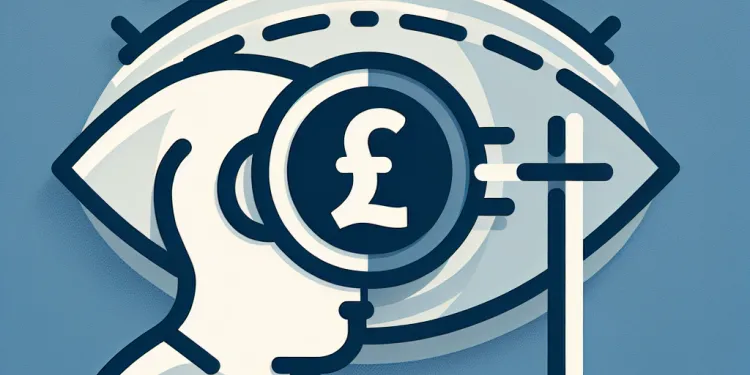
Find Help
More Items From Ergsy search
-
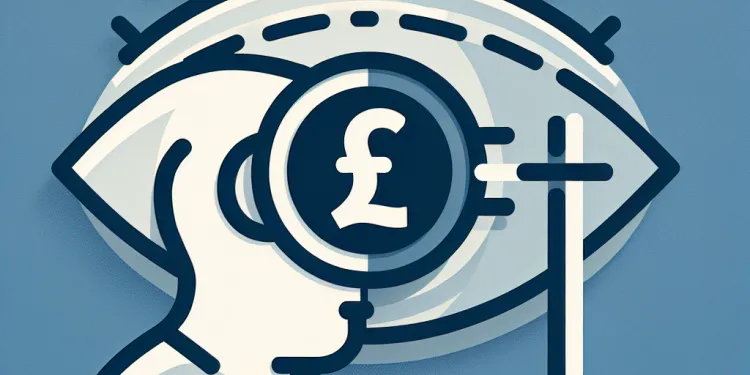
How does self testing for eye patients work?
Relevance: 100%
-

What is self-testing for eye patients?
Relevance: 77%
-

What types of self-tests are available for eye patients?
Relevance: 70%
-
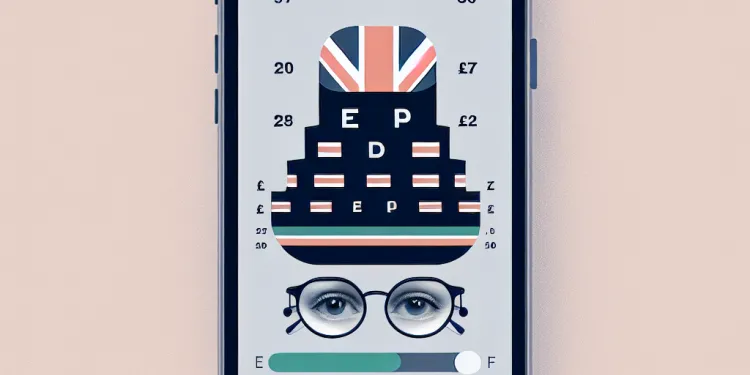
How accurate are app-based eye tests?
Relevance: 63%
-
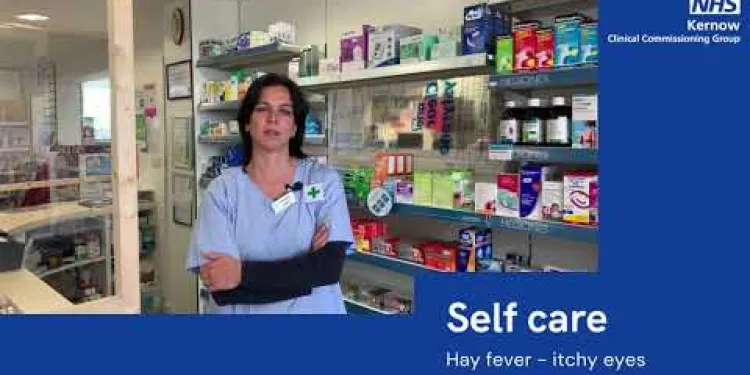
Self care - hay fever itchy eyes
Relevance: 61%
-
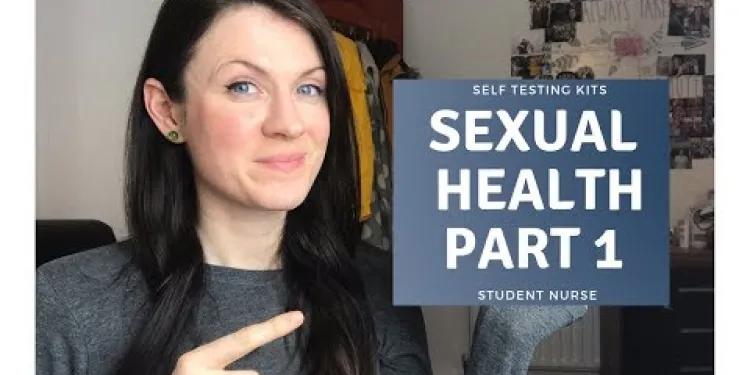
Let's Talk Sexual Health - Home Self Testing Kits
Relevance: 56%
-
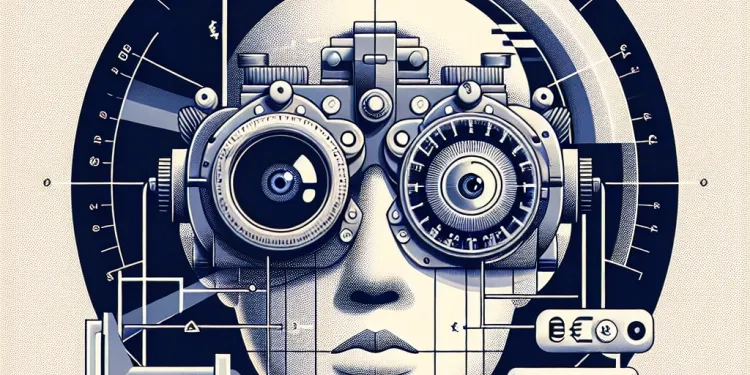
Are there any self-tests for eye pressure?
Relevance: 51%
-

What are the limitations of self-testing for eyes?
Relevance: 48%
-

Can I use a smartphone for self-testing my eyes?
Relevance: 48%
-

Self Harm
Relevance: 48%
-
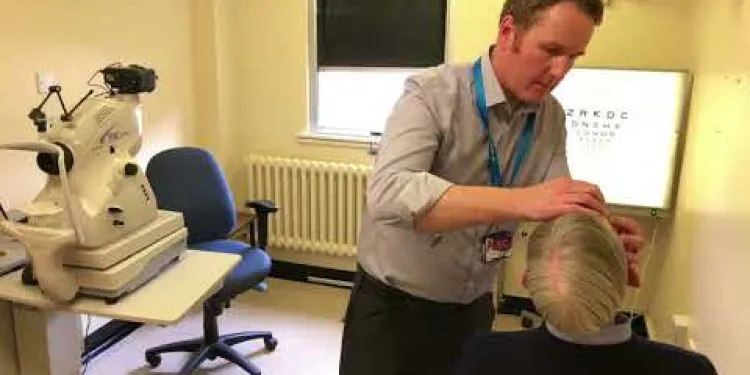
Derbyshire Diabetic Eye Screening - Diabetic Eye Screening
Relevance: 48%
-

Do I need any special equipment for eye self-testing?
Relevance: 46%
-

Diabetes Eye Screening
Relevance: 46%
-
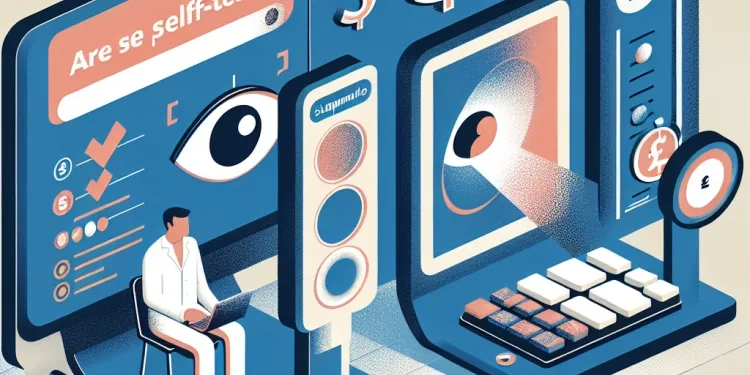
Are self-tests a substitute for professional eye exams?
Relevance: 46%
-
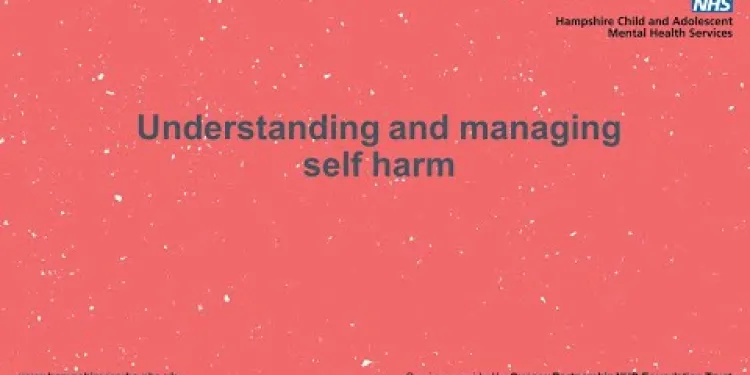
Self Harm
Relevance: 45%
-

How often should I self-test my eyes?
Relevance: 45%
-

Can self-testing detect all eye conditions?
Relevance: 44%
-
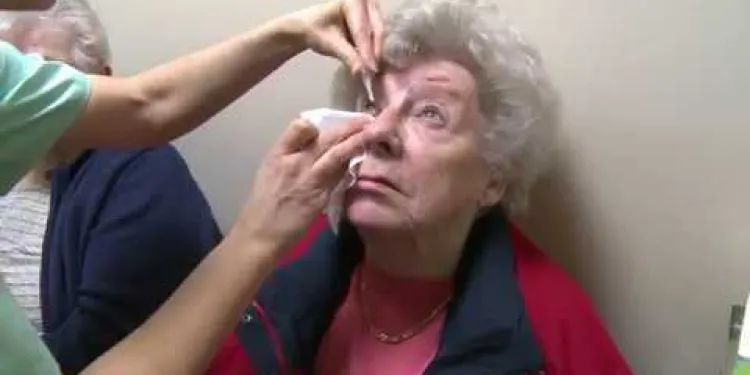
Eye Injections at Royal Bournemouth Hospital
Relevance: 44%
-

Eye Injections at Royal Bournemouth Hospital
Relevance: 43%
-
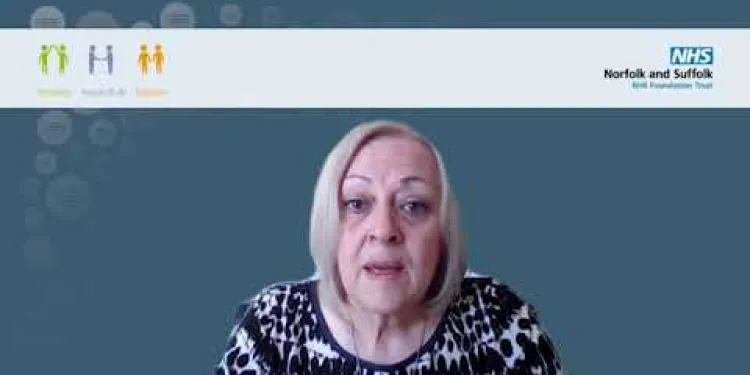
Suicide and Self Harm Prevention Strategy 2023-28
Relevance: 43%
-
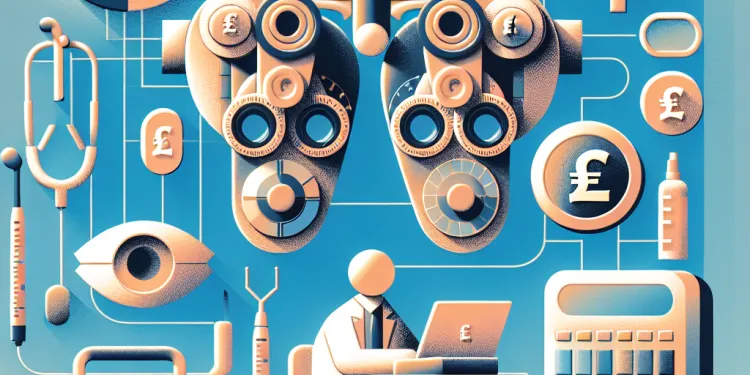
Should I share the results of my self-tests with my eye doctor?
Relevance: 42%
-

Thyroid eye disease. Squint surgery - The operation
Relevance: 42%
-

Why would someone need to self-test their eyes?
Relevance: 41%
-

Let's Talk Sexual Health - Home Self Testing Kits
Relevance: 41%
-
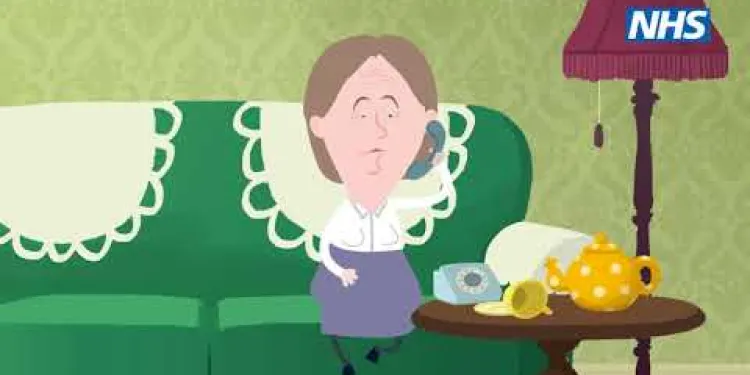
West Midlands LEHN Animated Video on Eye Health
Relevance: 41%
-
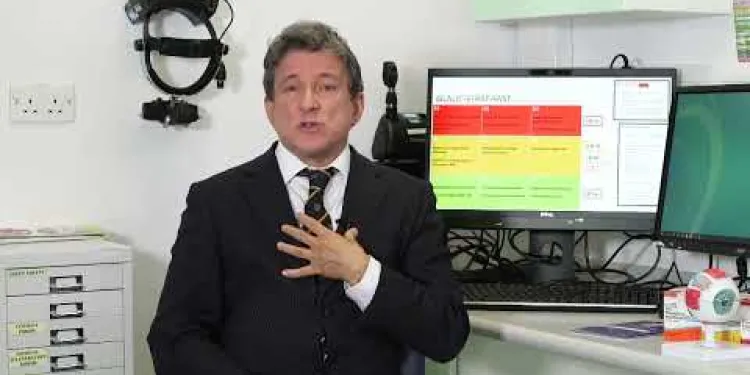
Glaucoma: general side effects of eye drops
Relevance: 40%
-

Cornea transplant patient Information
Relevance: 39%
-
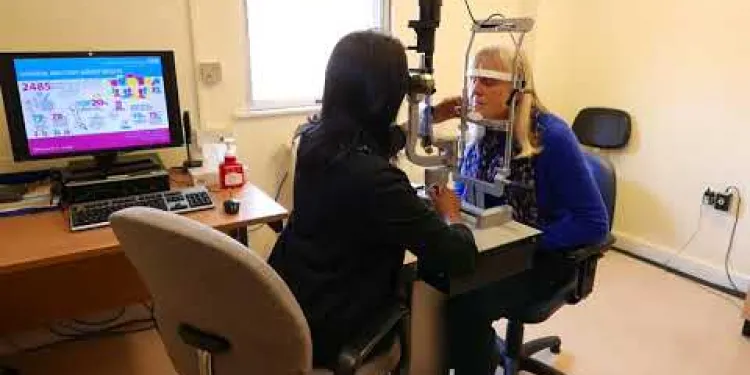
Derbyshire Diabetic Eye Screening - Assessment Clinic Appointment
Relevance: 39%
-
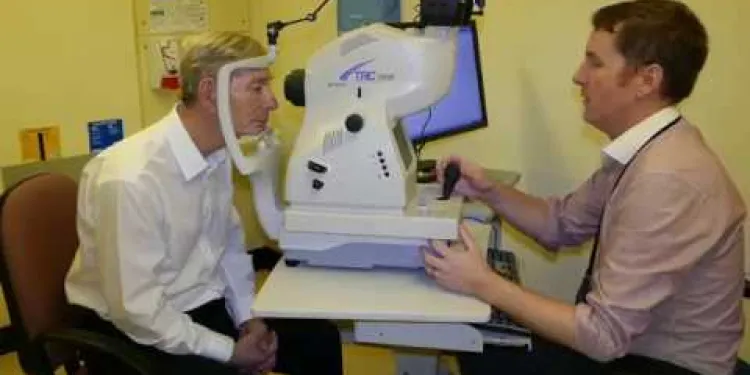
Derbyshire Diabetic Eye Screening - Your Screening Appointment
Relevance: 38%
-

North Yorkshire Diabetic Eye Screening Programme - A day in the life
Relevance: 37%
-

Self care - sunburn
Relevance: 37%
-
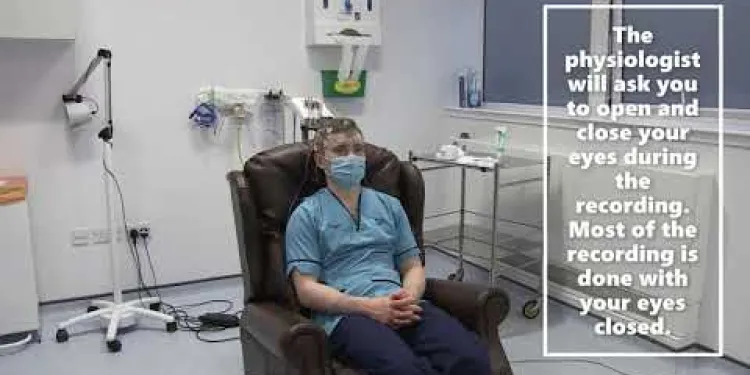
Neurophysiology EEG Patient Information
Relevance: 37%
-

Assessing the stroke patient
Relevance: 36%
-
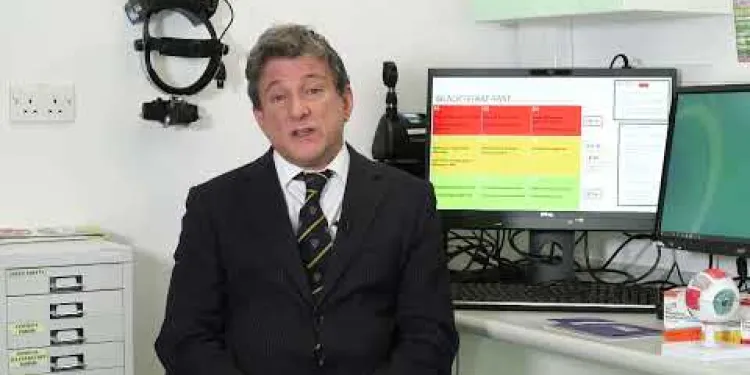
Glaucoma: how often should i take my eye drops?
Relevance: 36%
-
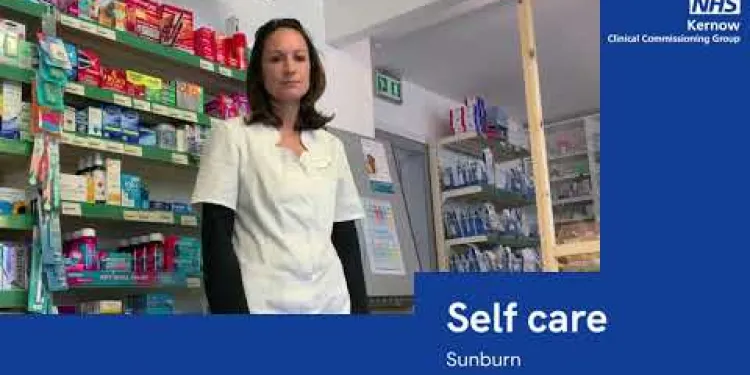
Self care - sunburn
Relevance: 35%
-

What is a stool DNA test?
Relevance: 34%
-

Neuroendocrine tumour patient video
Relevance: 34%
-

Liver transplant - Patient experience - Part 1 (Colin)
Relevance: 33%
-
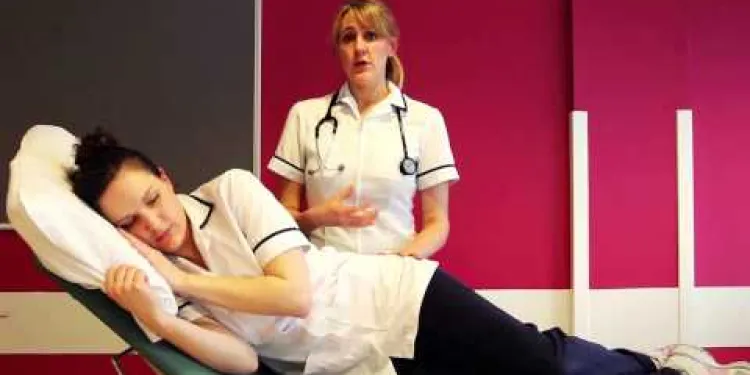
Positioning for Breathless Patient
Relevance: 32%
-
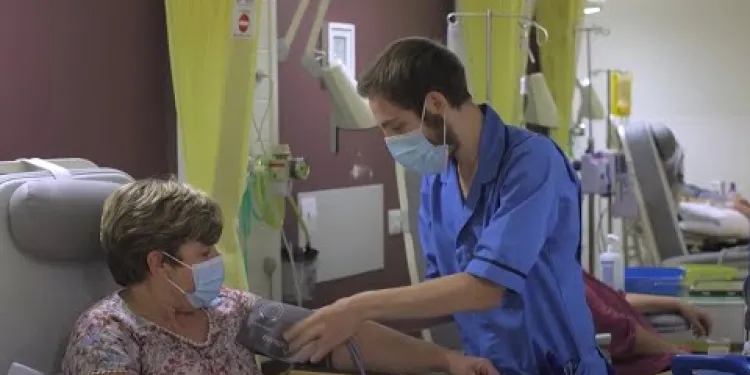
Chemotherapy - the patient journey
Relevance: 32%
Introduction to Self-Testing for Eye Patients
Self-testing for eye patients has become increasingly accessible and vital for early detection and management of vision problems. With advancements in technology, individuals can now conduct preliminary eye assessments at their convenience. This is particularly important as regular eye check-ups can help in identifying conditions such as glaucoma, cataracts, and macular degeneration early.
Types of Self-Tests Available
There are several types of self-tests that individuals in the UK can perform to monitor their eye health. These include visual acuity tests, Amsler grid tests, and colour vision tests, among others. Visual acuity tests help determine the clarity or sharpness of vision, while Amsler grid tests can detect vision changes related to macular degeneration. Colour vision tests allow individuals to assess their ability to distinguish colours, which can reveal issues with the cones in the retina.
Using Technology for Self-Testing
Mobile apps and online platforms have made eye self-testing more accessible. Many of these applications are designed to provide users with a straightforward way to perform tests similar to those conducted by optometrists. These apps can guide users through steps to check for various eye issues and provide immediate feedback. However, it is important for individuals to understand that these tools are not a replacement for professional eye exams.
Benefits of Self-Testing
The main advantage of self-testing is its convenience. It allows individuals, especially those with busy schedules, to monitor their eye health without needing to visit an optometrist frequently. Moreover, self-testing can be especially beneficial for those living in remote areas where access to eye care services is limited. It enables early detection of potential eye issues, which can lead to timely professional intervention and better management of eye health.
Limitations and Considerations
While self-testing offers several benefits, there are limitations to consider. These tests can only provide preliminary results and are not a substitute for comprehensive eye examinations by qualified professionals. Self-tests may not detect all eye conditions, and improper use can lead to inaccurate results. Additionally, reliance solely on self-tests could lead individuals to miss regular check-ups with their optometrist, which are crucial for maintaining overall eye health.
Conclusion
In conclusion, self-testing for eye patients offers a valuable tool for individuals to monitor their eye health proactively. While these tests provide convenience and early detection benefits, they should be complemented by regular professional eye exams to ensure comprehensive eye care. Individuals are encouraged to use self-testing as a supplementary measure and seek professional advice if they notice any changes in their vision.
Introduction to Testing Your Eyes at Home
Testing your eyes at home is becoming easier and more important. Doing these tests can help find eye problems early. New technology makes it possible to check your eyes yourself. This is important because regular eye tests can find problems like glaucoma, cataracts, and macular degeneration early.
Types of Tests You Can Do at Home
There are different ways to test your eyes at home in the UK. Some tests you can try are visual acuity tests, Amsler grid tests, and colour vision tests. Visual acuity tests check how clear you can see. Amsler grid tests can find changes in vision related to macular degeneration. Colour vision tests check if you can see colours correctly, which tells about the cones in your retina.
Using Technology for Eye Tests at Home
Smartphone apps and websites make it easy to test your eyes at home. These apps are simple to use and can be like the tests done by eye doctors. They guide you step by step and give you quick feedback on your eye health. But remember, these tools cannot replace real eye exams by professionals.
Why Testing Your Eyes at Home is Helpful
The best part about testing your eyes at home is that it’s convenient. You can check your eyes without going to the doctor often. This is especially good if you are busy or live far from eye doctors. Finding problems early with these tests can help you get help sooner, which is better for your eyes.
Things to Keep in Mind
Even though at-home tests have benefits, there are things to remember. These tests only give a basic idea and cannot replace full eye exams by eye doctors. They might not find all problems, and doing them incorrectly can give wrong results. You should not skip regular doctor visits because they are very important for your eye health.
Conclusion
In summary, testing your eyes at home is a great way to keep an eye on your vision. These tests make it easy to catch problems early, but you still need regular eye exams by professionals. Use at-home tests to help you, and always ask a doctor if you see changes in your vision.
Frequently Asked Questions
What is self-testing for eye patients?
Self-testing for eye patients involves using tests or tools at home to monitor vision and eye health.
Why would someone need to self-test their eyes?
Self-testing can help individuals monitor their vision changes between regular eye appointments and detect any issues early.
Are self-tests a substitute for professional eye exams?
No, self-tests are not a substitute for professional eye exams. They are meant to complement professional care.
What types of self-tests are available for eye patients?
Common self-tests include vision acuity charts, Amsler grids for macular degeneration, and apps that assess color vision.
How do I use a vision chart for self-testing?
To use a vision chart, place it at a specified distance, cover one eye, and read out the smallest line you can see clearly.
What is an Amsler grid and how is it used?
An Amsler grid is a tool with a grid pattern used to detect vision problems from macular degeneration. Users look at a central dot to see if lines appear distorted.
Can I use a smartphone for self-testing my eyes?
Yes, there are several apps available that can help with vision tests such as visual acuity, color vision, and contrast sensitivity.
What are the limitations of self-testing for eyes?
Self-tests may not detect all eye conditions and errors in how they're administered can lead to unreliable results.
Should I share the results of my self-tests with my eye doctor?
Yes, sharing self-test results with your eye care professional can help them better understand your condition.
How often should I self-test my eyes?
The frequency of self-testing depends on your eye condition and professional advice. Some may need to test weekly, others monthly.
Can self-testing detect all eye conditions?
No, self-testing is limited and cannot detect conditions like glaucoma or cataracts. Professional exams are necessary for a full assessment.
Is it possible for self-tests to cause harm?
Self-tests themselves are not harmful, but relying solely on them without professional guidance could delay diagnosis.
Where can I find reliable self-testing tools for my eyes?
Reliable tools can be found through your eye care provider, reputable websites, and health organizations.
Do I need any special equipment for eye self-testing?
Some tests may require basic tools like vision charts or specialized software/apps for smartphones and computers.
Can self-testing help me track my prescription changes?
Self-testing can indicate changes in vision, but only a professional can accurately determine prescription changes.
What should I do if I notice changes during self-testing?
Contact your eye care professional if you notice any significant changes or concerns during self-testing.
Are there any self-tests for eye pressure?
Currently, measuring eye pressure is best done by professionals using specialized equipment, but research in home devices is ongoing.
How accurate are app-based eye tests?
App-based tests can provide a general indication but might not be as accurate as clinical tests. They should not replace professional exams.
What age groups can benefit from self-testing?
Self-testing can be beneficial for all age groups, but it's particularly useful for those at risk of vision changes or with a history of eye conditions.
Do insurance plans cover the cost of self-testing tools?
Coverage for self-testing tools varies. It's best to check with your insurance provider for specific coverage details.
What does self-testing mean for people with eye problems?
Self-testing for eyes means checking your eyes at home to see how well you can see and to keep your eyes healthy.
Why check your eyes yourself?
It's good to check your eyes at home to see if you can see clearly. This helps keep your eyes healthy.
Ask an adult for help or use a special eye test app on a phone or tablet. This makes it easy and fun to do!
Testing your eyes at home can help you see if your eyesight changes. It helps you find any problems early, before your next eye doctor appointment.
Can self-tests replace visits to the eye doctor?
No, self-tests are not the same as going to the eye doctor. They are just extra help.
What eye tests can you do by yourself?
If you want to check your eyes, there are some simple tests you can try at home. These tests can help you see if you need to visit an eye doctor.
Tools that can help you:
- Eye charts: These can help you see how clear your vision is.
- Vision apps: There are apps for your phone or tablet that can check your vision.
- Color tests: You can use these to check if you see colors properly.
Ask an adult to help you if you need it. If you have any concerns, it’s important to see an eye doctor.
There are simple tests you can do yourself at home. You can use charts to check how well you can see. There are grids that help you see if there are any problems with the middle part of your vision. There are also apps that can help you see if you have trouble seeing colors.
How can I use an eye chart to test my sight at home?
Here is a simple way to check your eyes at home. Use an eye chart. This chart has letters or shapes that get smaller on each line. Follow these steps:
- Find a good spot: Put the chart on a wall. Make sure it is at eye level.
- Measure the distance: Stand back 3 meters (or 10 feet) from the chart.
- Check one eye at a time: Cover one eye with your hand or a piece of paper.
- Read the chart: Look at each line on the chart. Start from the top. Say the letters or shapes you see.
- Switch eyes: Now cover the other eye and repeat the steps.
If you find it hard to see the letters, tell an adult. It is a good idea to visit an eye doctor.
Tip: You can use a magnifying glass or ask someone to help you read the chart if you need it.
To use an eye chart, put it a certain distance away. Cover one of your eyes. Read the smallest line you can see clearly.
What is an Amsler grid and how do you use it?
An Amsler grid is a simple tool that looks like a big square with lots of little squares inside. It helps check if your eyes are healthy.
To use it, you follow these steps:
- Put the grid at the same level as your eyes and stand a little away from it.
- Cover one eye with your hand.
- Look at the dot in the middle of the grid with your open eye.
- If you see the lines are wavy or some parts are missing, tell a grown-up or your eye doctor.
- Do the same with the other eye covering the one that just looked.
You can use a ruler to keep the grid straight and a paper to write down what you see. Ask a parent or teacher for help if you need it.
An Amsler grid is a special picture with a grid of lines. It helps find eye problems that can come from a condition called macular degeneration. To use it, you look at the dot in the middle. If the lines look wavy or bent, it might mean there's a problem.
Can I check my eyes with a smartphone?
Yes, there are many apps that can help you check your eyesight. They can test how well you see, how well you see colors, and how well you see differences between light and dark.
Here are some ideas that might help you:
- You can download apps on your phone or tablet to test your eyesight.
- Ask a grown-up to help you if you find it tricky.
- Make sure you are in a well-lit room when you do the tests.
- Try to relax and take your time.
If you have trouble reading, you can use tools like a screen reader to listen to the words instead. You can also ask someone to read it with you.
What can be hard about testing your own eyes?
Doing eye tests by yourself might not find all eye problems. If you don’t do the test the right way, the results might not be correct.
Should I show my self-test results to my eye doctor?
If you do an eye test at home, it is a good idea to show the results to your eye doctor. They can help you understand what the results mean and decide if you need more tests or new glasses.
Helpful Tips:
- Bring your test paper or results to your next visit.
- If you have questions about the test, write them down. Ask your doctor for help.
- Use a calendar or reminders to keep your eye doctor appointments.
Yes, showing your eye doctor the results from your self-test can help them understand your eyes better.
How often should I check my eyes myself?
It is good to check your eyes to make sure you can see well.
You can ask an adult to help you with this.
Try to check your eyes once a year.
Some people also use apps on their phones or computers to help them check their eyes.
How often you check your eyes depends on your eye problem and what your doctor says. Some people need to check every week, others every month.
Can a test you do yourself find all eye problems?
No, self-testing isn't enough and can't find eye problems like glaucoma or cataracts. You need to see an eye doctor for a full check-up.
Can self-tests be bad for you?
Self-tests are not bad for you, but using them alone without asking a doctor might mean you find out about a problem later.
Where can I find good tools to check my eyes myself?
You can trust tools from your eye doctor, good websites, and health groups that help people stay healthy.
What do I need to test my eyes at home?
Some checks need simple tools like eye charts or special apps for phones and computers.
Can I use self-testing to keep track of changes to my medicine?
Testing your eyesight on your own can show if your vision has changed. But only a professional, like an eye doctor, can tell if your glasses or contact lens prescription needs to change.
What to Do if You See Changes While Testing Yourself
If you see something different when you test yourself, don't worry. Here is what you can do:
1. Stay Calm: It’s okay. Changes can happen.
2. Talk to Someone: Tell a grown-up you trust. It could be a parent, teacher, or doctor.
3. Write It Down: Keep a note of the change. What did you see? When did you see it?
4. Ask for Help: You can use a phone or tablet to take a picture if that helps. Show it to the person you talked to.
5. Follow Their Advice: Listen to what the grown-up says you should do next.
If you use tools like a magnifying glass or flashlight, they can help you see better.
If you see any big changes or have any worries when checking your eyes, talk to your eye doctor.
Can you check eye pressure by yourself?
Right now, eye doctors are best at checking eye pressure because they have special tools. But people are working on creating devices that you can use at home.
How good are eye tests on apps?
Eye tests on apps can help check your eyes. But they may not be 100% right.
For the best check, visit an eye doctor.
Here are some tips:
- Use bright light in the room.
- Make sure you sit still.
- Use a tablet or phone with a big screen.
Ask an adult if you need help.
Tests on apps can give us a general idea, but they might not be as accurate as tests with a doctor. They should not take the place of exams with a professional.
Who can use self-testing?
Self-testing can help people of different ages. Even kids and adults can use it. It is a way to check if you are healthy.
If you need help, ask someone you trust to read with you or use apps that make words bigger and easier to see.
Testing your eyes by yourself can help everyone. It is very good for people who might have changes in their eyesight or have had eye problems before.
Do insurance plans pay for self-testing tools?
Insurance is a type of help that can pay for different things like doctor visits or medicine.
Sometimes, people need special tools to check their health at home. These are called self-testing tools.
We want to know if insurance will help pay for these tools.
If you don't know, you can:
- Call your insurance company.
- Ask a family member or a friend for help.
- Talk to your doctor.
What your insurance pays for home test kits can be different. It's best to ask your insurance company what they will cover.
Useful Links
- Ergsy carfully checks the information in the videos we provide here.
- Videos shown by Youtube after a video has completed, have NOT been reviewed by ERGSY.
- To view, click the arrow in centre of video.
- Most of the videos you find here will have subtitles and/or closed captions available.
- You may need to turn these on, and choose your preferred language.
- Go to the video you'd like to watch.
- If closed captions (CC) are available, settings will be visible on the bottom right of the video player.
- To turn on Captions, click settings .
- To turn off Captions, click settings again.
More Items From Ergsy search
-

How does self testing for eye patients work?
Relevance: 100%
-

What is self-testing for eye patients?
Relevance: 77%
-

What types of self-tests are available for eye patients?
Relevance: 70%
-

How accurate are app-based eye tests?
Relevance: 63%
-

Self care - hay fever itchy eyes
Relevance: 61%
-

Let's Talk Sexual Health - Home Self Testing Kits
Relevance: 56%
-

Are there any self-tests for eye pressure?
Relevance: 51%
-

What are the limitations of self-testing for eyes?
Relevance: 48%
-

Can I use a smartphone for self-testing my eyes?
Relevance: 48%
-

Self Harm
Relevance: 48%
-

Derbyshire Diabetic Eye Screening - Diabetic Eye Screening
Relevance: 48%
-

Do I need any special equipment for eye self-testing?
Relevance: 46%
-

Diabetes Eye Screening
Relevance: 46%
-

Are self-tests a substitute for professional eye exams?
Relevance: 46%
-

Self Harm
Relevance: 45%
-

How often should I self-test my eyes?
Relevance: 45%
-

Can self-testing detect all eye conditions?
Relevance: 44%
-

Eye Injections at Royal Bournemouth Hospital
Relevance: 44%
-

Eye Injections at Royal Bournemouth Hospital
Relevance: 43%
-

Suicide and Self Harm Prevention Strategy 2023-28
Relevance: 43%
-

Should I share the results of my self-tests with my eye doctor?
Relevance: 42%
-

Thyroid eye disease. Squint surgery - The operation
Relevance: 42%
-

Why would someone need to self-test their eyes?
Relevance: 41%
-

Let's Talk Sexual Health - Home Self Testing Kits
Relevance: 41%
-

West Midlands LEHN Animated Video on Eye Health
Relevance: 41%
-

Glaucoma: general side effects of eye drops
Relevance: 40%
-

Cornea transplant patient Information
Relevance: 39%
-

Derbyshire Diabetic Eye Screening - Assessment Clinic Appointment
Relevance: 39%
-

Derbyshire Diabetic Eye Screening - Your Screening Appointment
Relevance: 38%
-

North Yorkshire Diabetic Eye Screening Programme - A day in the life
Relevance: 37%
-

Self care - sunburn
Relevance: 37%
-

Neurophysiology EEG Patient Information
Relevance: 37%
-

Assessing the stroke patient
Relevance: 36%
-

Glaucoma: how often should i take my eye drops?
Relevance: 36%
-

Self care - sunburn
Relevance: 35%
-

What is a stool DNA test?
Relevance: 34%
-

Neuroendocrine tumour patient video
Relevance: 34%
-

Liver transplant - Patient experience - Part 1 (Colin)
Relevance: 33%
-

Positioning for Breathless Patient
Relevance: 32%
-

Chemotherapy - the patient journey
Relevance: 32%


